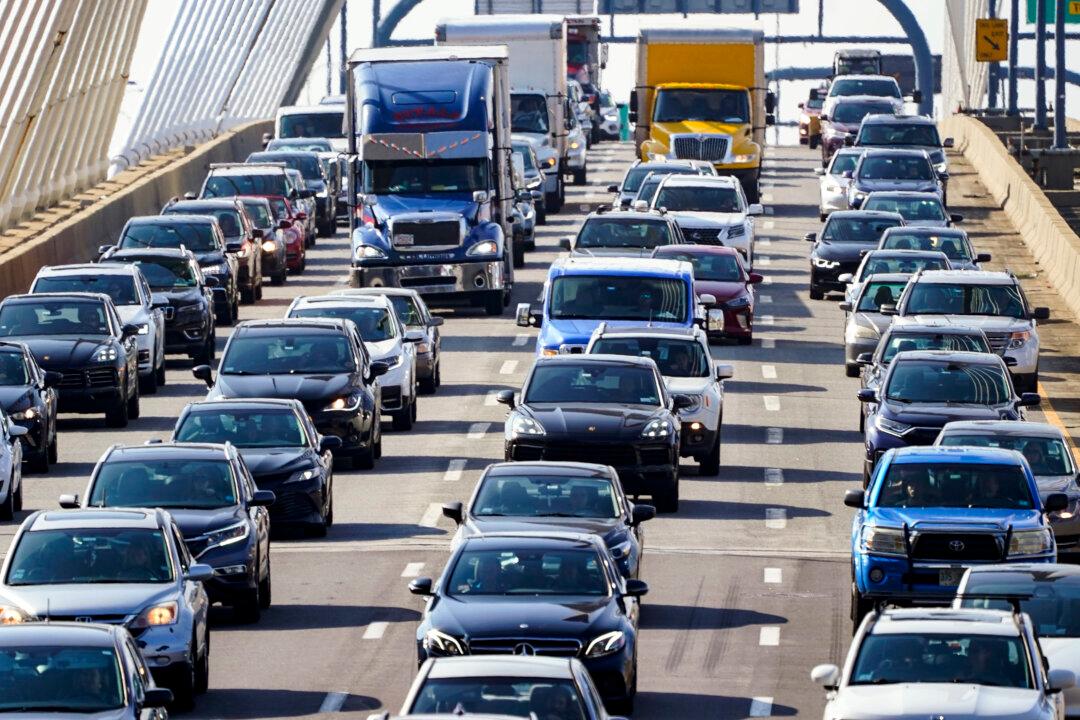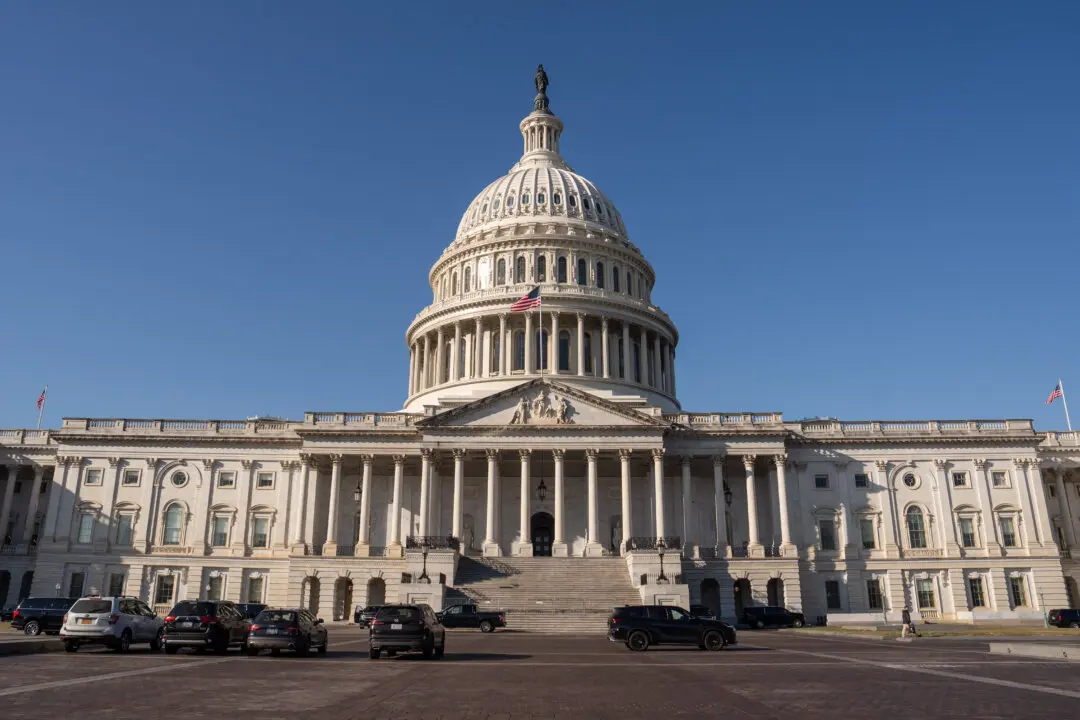LOUISVILLE, Ky.—State motor fuels tax (MFT) revenues are flat and even declining in some states because automobiles are increasingly more fuel-efficient, ensuring that the trend will continue even without electric vehicles (EV) dominating roadways, transportation funding analysts warn.
“Until we start using flying cars,” new ways to pay for roads are needed, Andrew McLean, transportation policy specialist at CDM Smith, told state lawmakers, legislative staffers, and lobbyists on Aug. 5, the first day of the three-day National Conference of State Legislators’ annual Legislative Summit at the Kentucky International Convention Center in Louisville.





